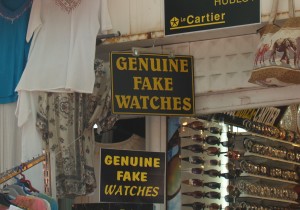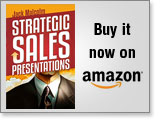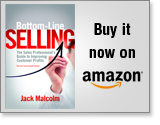An article in last Sunday’s New York Times discusses the current trend to tout the importance and value of being “authentic”. As it says, “Authenticity seems to be the value of the moment, rolling off the tongues of politicians, celebrities, Web gurus, college admissions advisers, reality television stars.”
The funny thing is, it seems to me that if you have to tell people you’re being authentic, you’re already in a bit of a hole.
The trouble with all this talk about authenticity is that ordinary people might take it seriously when they’re trying to persuade. Keep in mind that the types of people listed in the above quote are trained professionals on a closed course. You should not try this at home. What they are really doing is called “calculated authenticity”, which reminds me of the old joke that sincerity is everything; once you can fake it, you’ve got it made.
If you want to be an effective persuader, you must at least try to master the art of calculated authenticity.
 Remember in school how you were told to outline what you were going to write before starting an essay or a report? There was a good reason for that. A builder would not just start putting up walls and windows without a plan, and neither should you.
Remember in school how you were told to outline what you were going to write before starting an essay or a report? There was a good reason for that. A builder would not just start putting up walls and windows without a plan, and neither should you.
Structure clarifies. An unambiguous structure clarifies your own thinking, and makes your message more understandable and more convincing.
Let’s start with what structure does for the audience, and then see what it does for you.
Makes it easier for the audience to follow
 Ten years after the 9/11 attacks, one astonishing fact sticks out: there has not been another similar attack on American soil during all this time. If you recall those days in the aftermath of those horrific attacks, one common theme that came from national security officials was that another attack was a certainty.
Ten years after the 9/11 attacks, one astonishing fact sticks out: there has not been another similar attack on American soil during all this time. If you recall those days in the aftermath of those horrific attacks, one common theme that came from national security officials was that another attack was a certainty.
As with any complex problem, there are multiple reasons for this so-far fortunate situation: the loss of a sovereign base with the invasion of Afghanistan and the toppling of the Taliban, the relentless pursuit and killing of thousands in the Al Qaeda network, including UBL himself last May, hypervigilance on the part of law enforcement, efforts to dry up their sources of financing, and of course, luck. I’m sure there have been other reasons that have not and may never come to light.
But a new book I am reading (Counterstrike: the Untold Story of America’s Secret Campaign Against Al Qaeda, by Eric Schmitt and Thom Shanker) brings out one more element that may be surprising: deterrence.
Any persuader who has to sell an idea faces a dilemma: simplicity sells, but the truth is usually more complex. Given the increasing connectedness and rate of change, the world is definitely getting more complex, so simple explanations are bound to get something wrong. How do you find the right balance between pure truth and getting your point across effectively?
At one end, are those who lack a grey scale in their persuasive efforts and simplify everything to black and white. Their motto seems to be: “You’re either with me or against me.”
At the other extreme are those who see everything in shifting shades of gray, depending on which perspective they’ve thought about most recently. Their motto seems to be, “on the other hand…”
The best approach for an ethical persuader is somewhere in between those extremes, but closer to the simple side.




